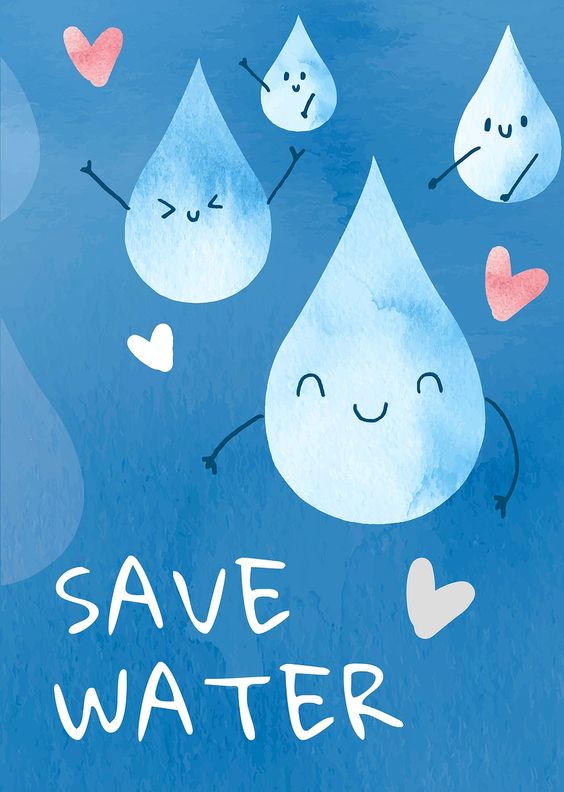One might almost be desensitized to extreme weather conditions, especially in the West Coast, where water usage warnings and wildfires have become the norm. However, the issue is far from normal. According to the US Drought Monitor, 93% of land the West Coast are in drought conditions, which is more than ever before, and make water-saving crucial.
As a green business leader, you can do your part to help! Here are six water-saving steps for your small business (and your home).
1. Install low-flow aerators in your faucets
An aerator is an attachment on your faucet spout that slows down the flow of water by adding air to the water stream. They are inexpensive, come in many different sizes, and have different flow rates to suit your needs. The best part? It’s quick and easy to install an aerator; simply screw off the old aerator (you may need pliers or a wrench) and put on a new one.
2. Stick a bottle in your toilet tank
This easy trick will reduce the amount of water used per flush without buying anything. Simply fill a plastic bottle with weights, like pebbles or rocks, and water. Put the bottle in your toilet tank, making sure that the bottle doesn’t interfere with the tank’s mechanics, and watch your water bill go down!
3. Hang up encouraging “Save Water” posters in restrooms

Water consumption is a team effort. Free, printable water-saving reminders can be found online to remind your guests and employees that every drop counts.
4. Check for leaks
Did you know that it only takes 10 minutes to check if your toilet has a leak? Put food coloring in the tank (where your newly-placed plastic bottle is!) and check for color in the toilet bowl toilet after 10 minutes. If there is, you most likely have a leak and should consider replacing your toilet flapper. Refer to the EPA’s checklist for more leak detection tips.
5. Ditch the garbage disposal
Food scraps that are tossed in garbage disposals must be moved through pipes and processed at water treatment centers, which can be water intensive—not to mention the water used when running the disposal itself. Instead, composting these scraps reduces food waste and water consumption.
6. Research local incentives
Your district may have might have programs to pay you to for saving water! For example, The Metropolitan Water District of Southern California provides rebates for commercial turf replacement, plumbing fixtures, recycled water projects, and more. For more details, click here.
Bonus tip: Rethink your sink
Next time you are rinsing off dishes or produce, stick a dishpan or large bowl in the sink to catch the water for your garden. Be sure to collect water if you are cleaning fish, it is a fantastic organic fertilizer!
Along with helping you live green, for over 40 years, Green America has been working for safe food, a healthy climate, fair labor, responsible finance, and social justice.



